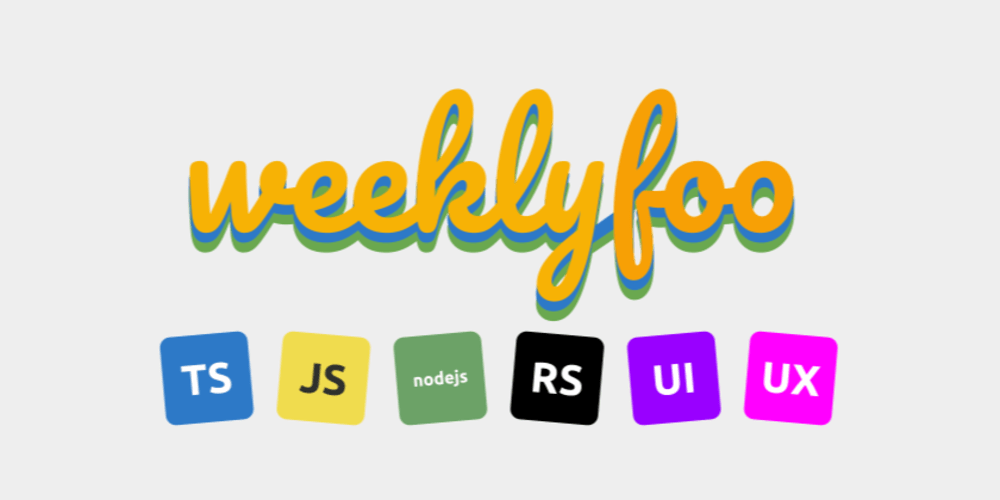With new frameworks appearing often to meet the changing demands of consumers and developers alike, the field of web development is always expanding. Several web frameworks with cutting-edge functionality, better speed, and better developer experiences should have a big influence in 2024. With an examination of their distinctive features, code samples, and an explanation of why these frameworks are becoming more and more popular, this article looks at the top 10 web frameworks to watch in 2024.
- Next.js: The Ultimate React Framework
Next.js continues to lead the charge in the React ecosystem, providing a robust framework for server-side rendering, static site generation, and API routes. In 2024, Next.js introduces several exciting features, including improved image optimization, enhanced middleware capabilities, and better integration with serverless functions.
Code Example:
import React from 'react';
import Head from 'next/head';
const Home = () => (
<div>
<Head>
<title>My Next.js App</title>
</Head>
<h1>Welcome to Next.js!</h1>
</div>
);
export default Home;
- SvelteKit: Simplifying Web Development
SvelteKit, built on the popular Svelte framework, aims to simplify web development by offering a zero-configuration setup, fast performance, and a smooth developer experience. Its unique approach of compiling components at build time ensures efficient, optimized applications.
Code Example:
<script>
let name = 'world';
</script>
<h1>Hello {name}!</h1>
- Angular: Enhanced Performance and Features
Angular remains a powerhouse in the web development world, and 2024 brings even more enhancements. The latest version focuses on performance improvements, new reactive forms API, and better tooling for debugging and profiling applications.
Code Example:
import { Component } from '@angular/core';
@Component({
selector: 'app-root',
template: `<h1>Welcome to Angular!</h1>`
})
export class AppComponent {}
- Vue.js: Versatile and Progressive
Vue.js continues to be a versatile and progressive framework, offering a balance between simplicity and powerful features. The 2024 updates include improved TypeScript support, enhanced composition API, and better state management solutions.
Code Example:
import { createApp } from 'vue';
const App = {
template: `<h1>Hello Vue!</h1>`
};
createApp(App).mount('#app');
- Nuxt.js: Full-Stack Vue Framework
Nuxt.js, a full-stack framework built on Vue.js, provides server-side rendering, static site generation, and powerful module ecosystem. In 2024, Nuxt.js focuses on improving performance, developer experience, and integration with modern web technologies.
Code Example:
export default {
head() {
return {
title: 'My Nuxt.js App'
}
}
}
- Remix: The Future of React Development
Remix is gaining popularity for its focus on performance and developer experience. It provides server-side rendering, data loading at the component level, and a novel approach to routing, making it a framework to watch in 2024.
Code Example:
import { Link } from 'remix';
export default function Index() {
return (
<div>
<h1>Welcome to Remix!</h1>
<Link to="/about">About</Link>
</div>
);
}
- Blazor: .NET's Frontend Revolution
Blazor, a framework for building interactive web applications using C# and .NET, is transforming the way developers approach frontend development. In 2024, Blazor introduces improved performance, better debugging tools, and enhanced integration with .NET 6.
Code Example:
@page "/"
<h1>Hello, Blazor!</h1>
- Astro: Fast and Lightweight
Astro is a modern web framework focused on performance, offering a unique approach by allowing developers to mix and match different frontend frameworks. Its zero-JS by default philosophy ensures that only the necessary JavaScript is shipped to the client.
Code Example:
---
import MyComponent from './MyComponent.jsx';
---
<html>
<body>
<h1>Welcome to Astro!</h1>
<MyComponent />
</body>
</html>
- Qwik: Resumable Web Applications
Qwik, developed by the team behind Angular, introduces a novel concept of resumable web applications. It focuses on delivering instant loading times and improving the overall performance of web applications by leveraging server-side rendering and progressive enhancement.
Code Example:
import { component$ } from '@builder.io/qwik';
export const MyComponent = component$(() => {
return <h1>Hello, Qwik!</h1>;
});
- RedwoodJS: Full-Stack Jamstack
RedwoodJS is a full-stack framework designed for the Jamstack, combining the power of React, GraphQL, and Prisma. It simplifies the development of modern web applications, offering a seamless developer experience and a robust set of tools for building scalable applications.
Code Example:
import { RedwoodProvider, useQuery } from '@redwoodjs/web';
import gql from 'graphql-tag';
const QUERY = gql`
query {
users {
id
name
}
}
`;
const Users = () => {
const { data } = useQuery(QUERY);
return (
<ul>
{data.users.map(user => (
<li key={user.id}>{user.name}</li>
))}
</ul>
);
};
const App = () => (
<RedwoodProvider>
<Users />
</RedwoodProvider>
);
export default App;
Conclusion
The web development landscape in 2024 is set to be exciting, with these top 10 web frameworks pushing the boundaries of what’s possible. Whether you’re building fast, static sites with Astro, creating full-stack applications with RedwoodJS, or diving into the innovative concepts of Qwik and Remix, there’s a framework tailored to your needs. By embracing these frameworks, developers can stay ahead of the curve, delivering high-performance, scalable, and maintainable web applications.
References
SvelteKit Documentation
Angular Documentation
Vue.js Documentation
Nuxt.js Documentation
Remix Documentation
Blazor Documentation
Astro Documentation
Qwik Documentation
RedwoodJS Documentation
These frameworks represent the forefront of web development technology, offering tools and features that empower developers to build the web of tomorrow.



















